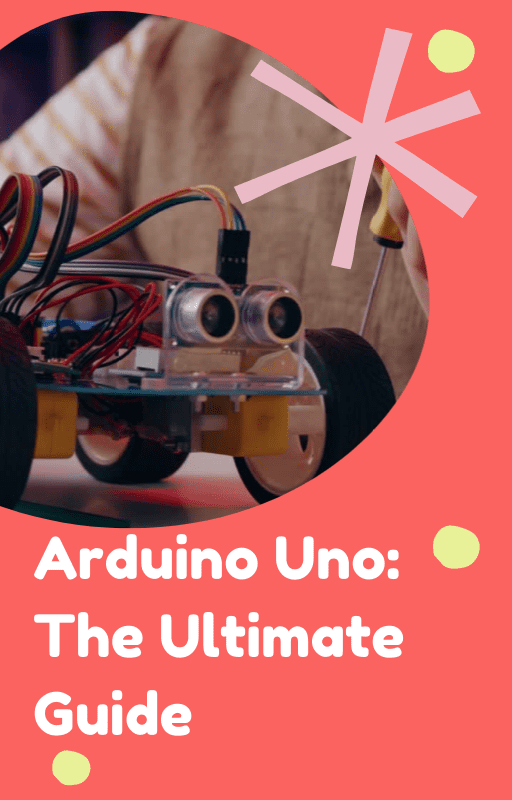
Arduino Uno The Ultimate Guide
FREE Ebook
Benefits of Arduino Uno Projects:
1. Introduction to Arduino Uno
2. Getting Started with Arduino Uno
3. Exploring the Arduino Uno Starter Kit
4. Programming Basics with Arduino Uno
5. Building Simple Arduino Projects
6. Intermediate Arduino Projects
7. Advanced Arduino Projects
